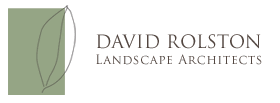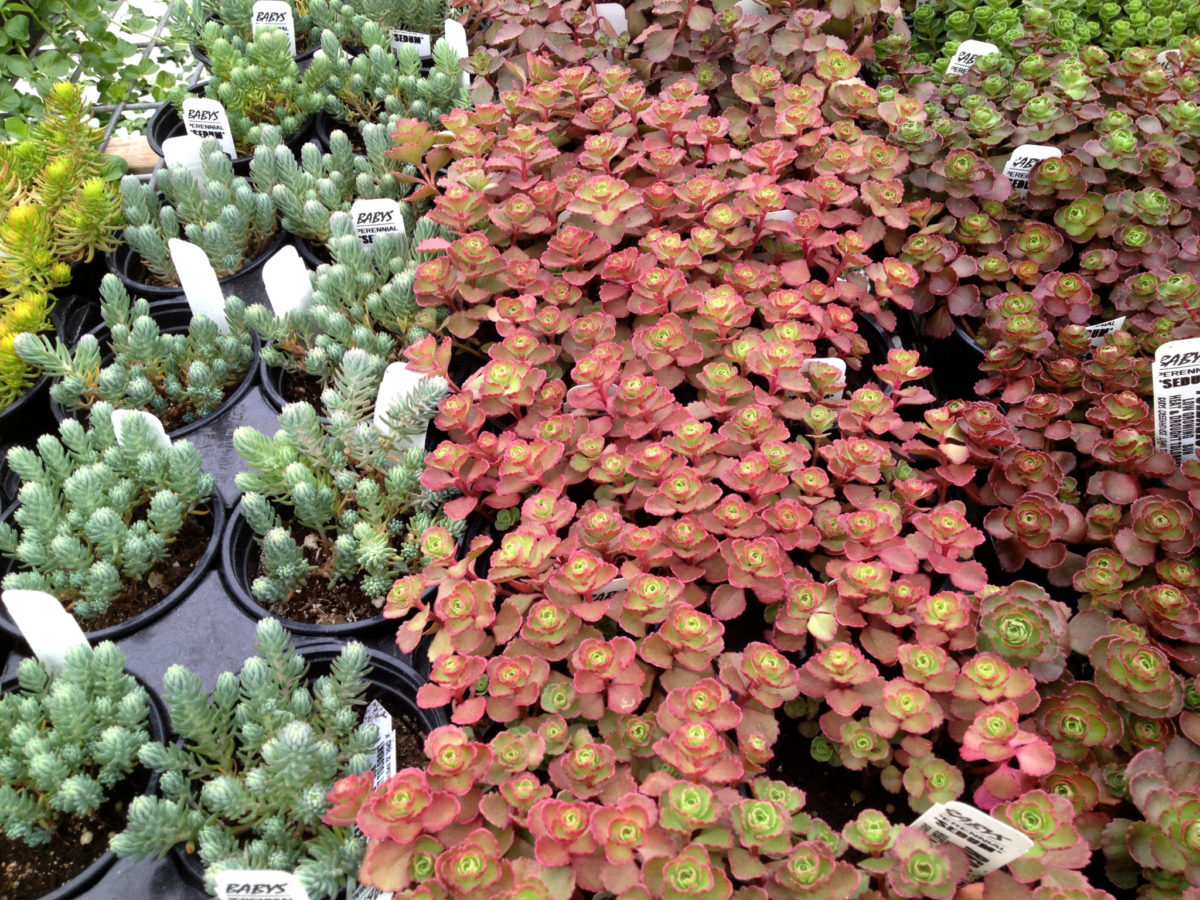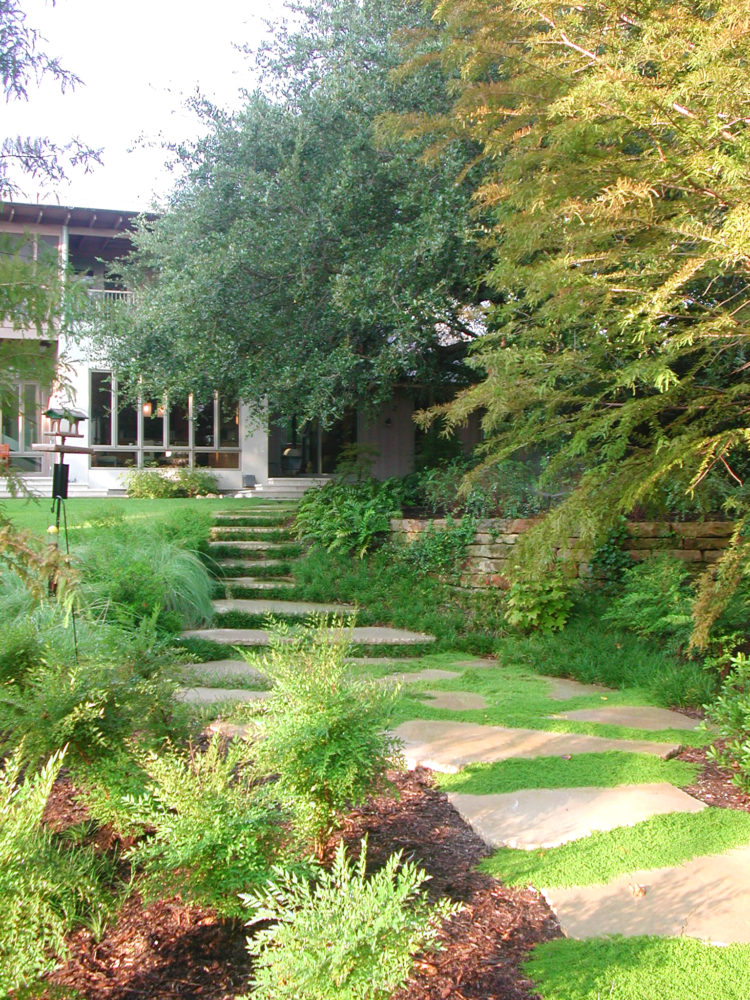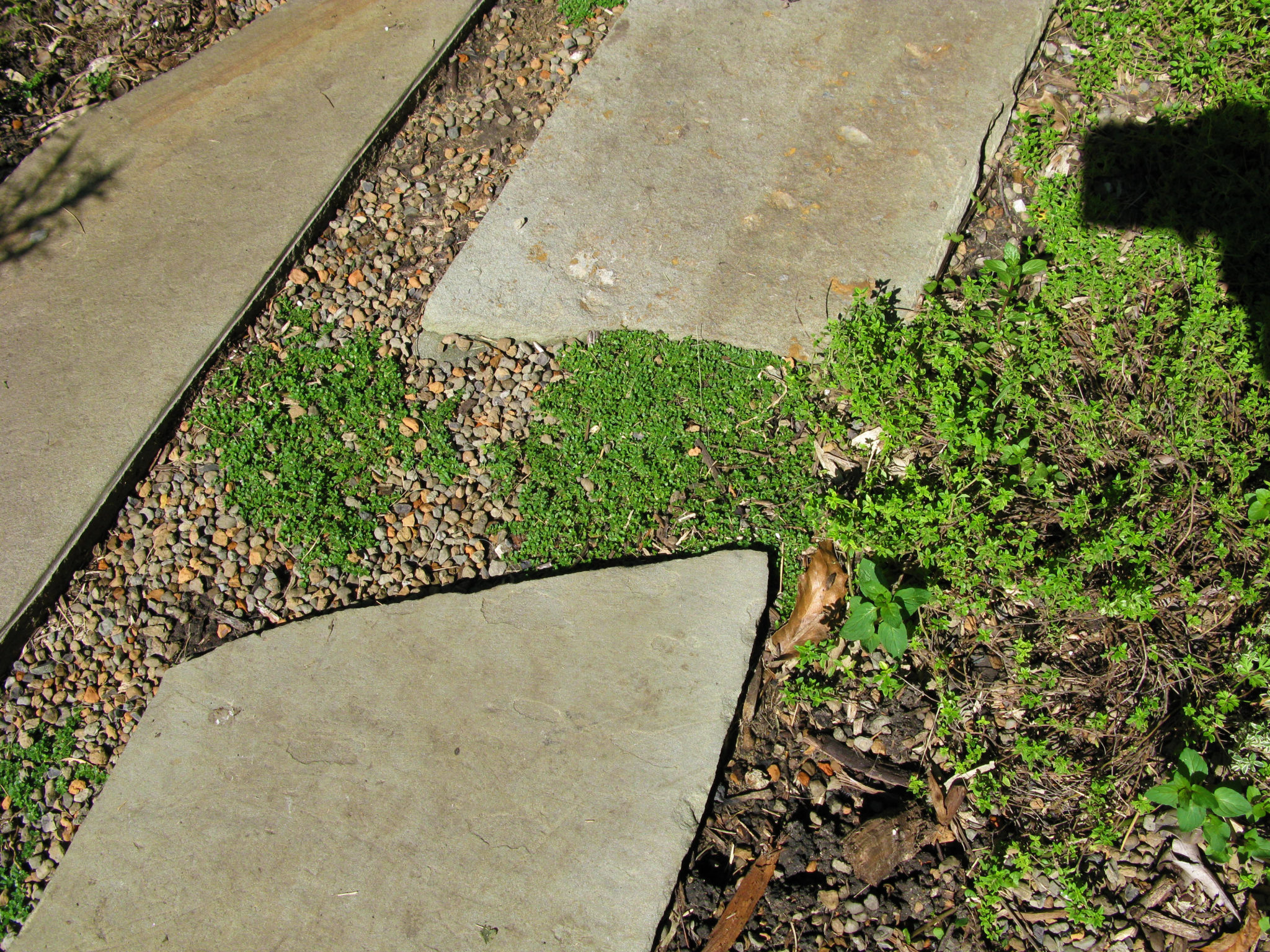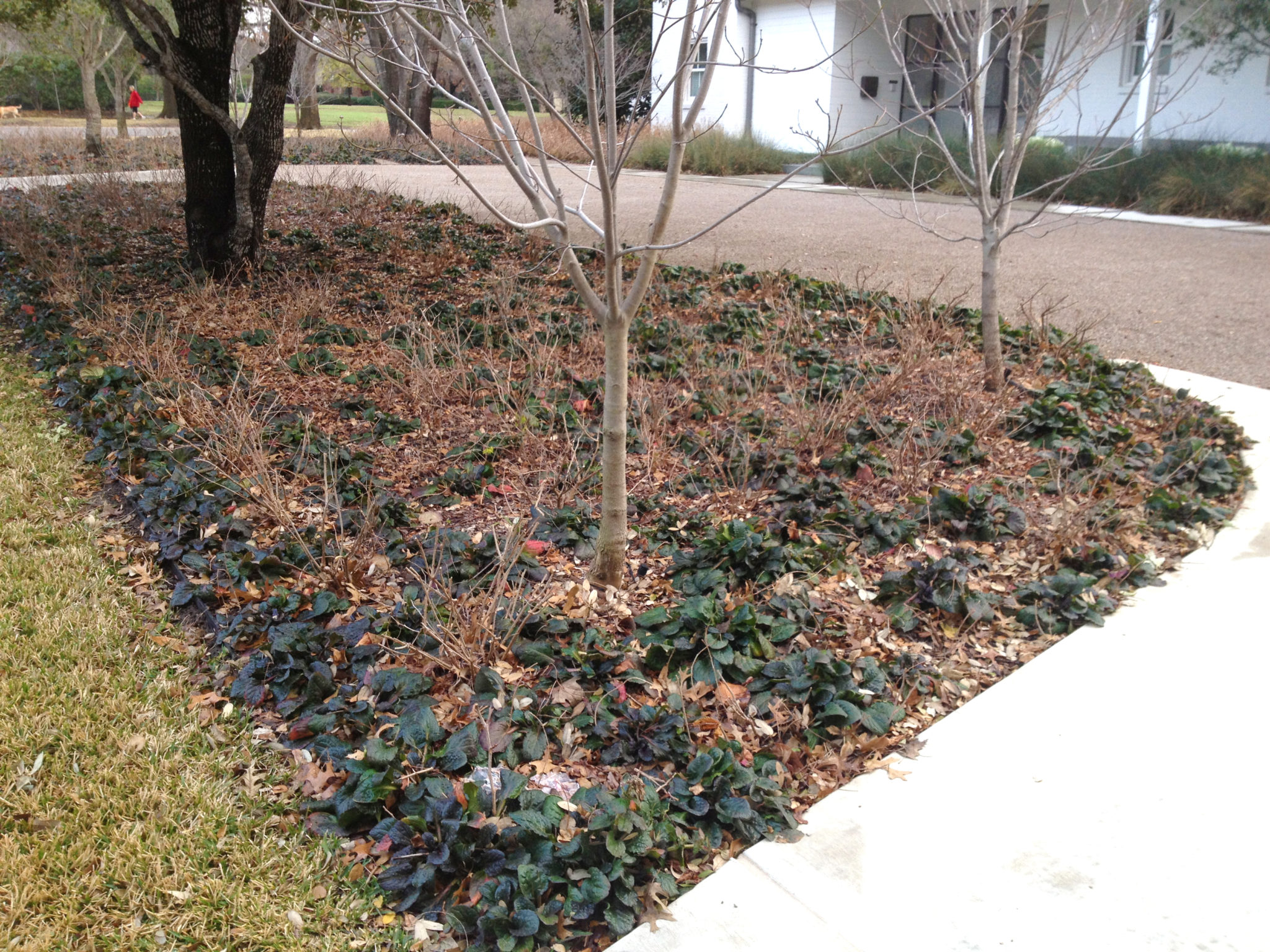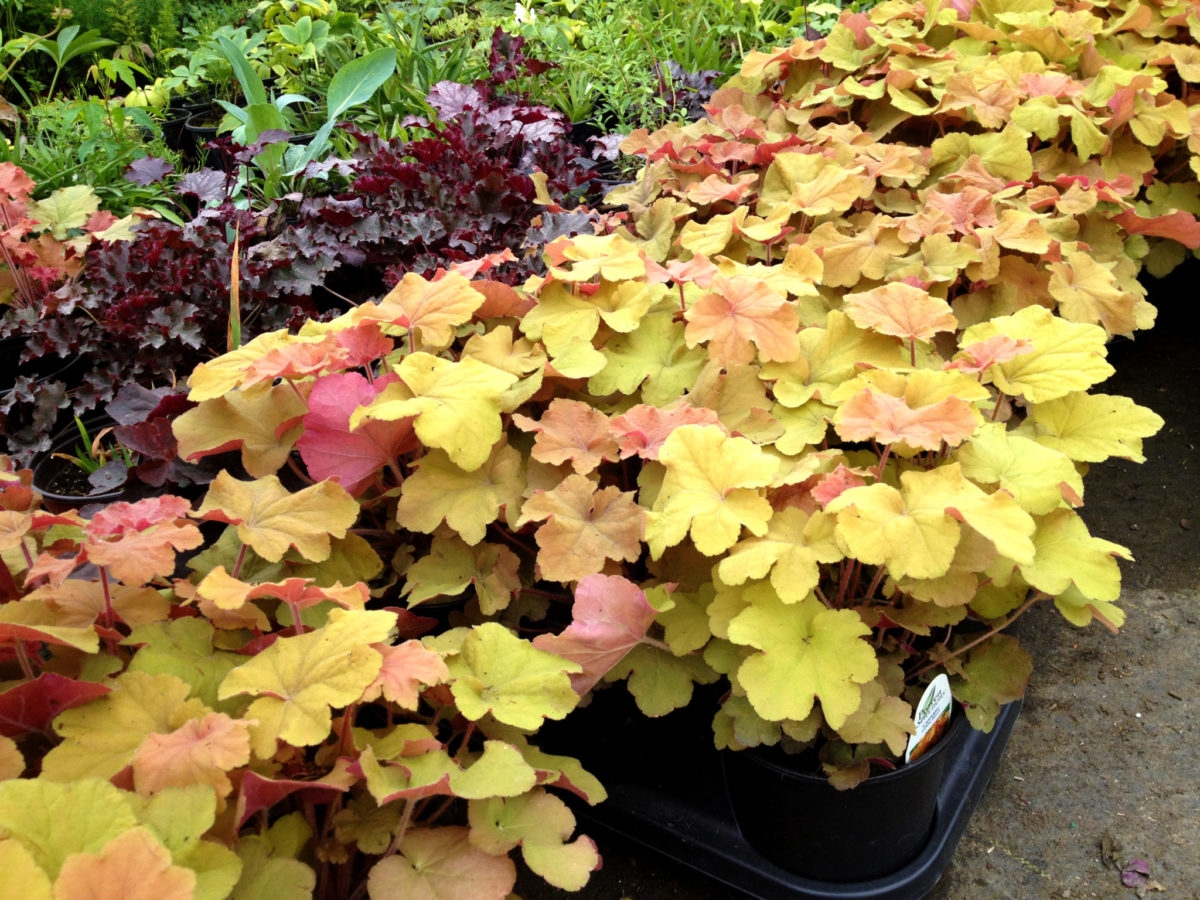Berkeley Sedge
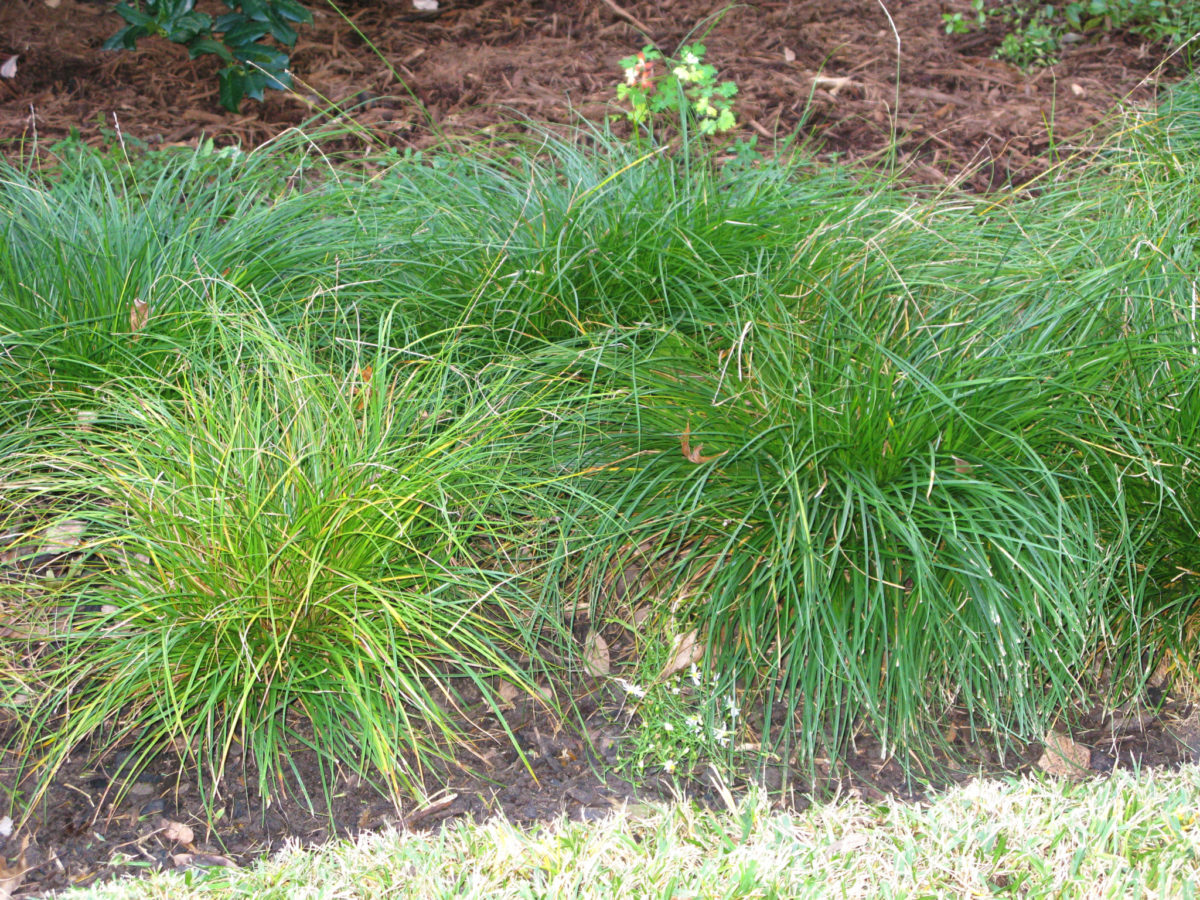
Berkeley Sedge
This fine-bladed sedge is native to California but does very well here. Growing in a clump up to 18″ wide and 12″ tall, Berkeley sedge is a welcome change from mondo borders and takes a lot less water to be happy.
